When you buy products via links on our website, we might receive an affiliate commission. Learn more
15 Fall Vegetable Garden Ideas
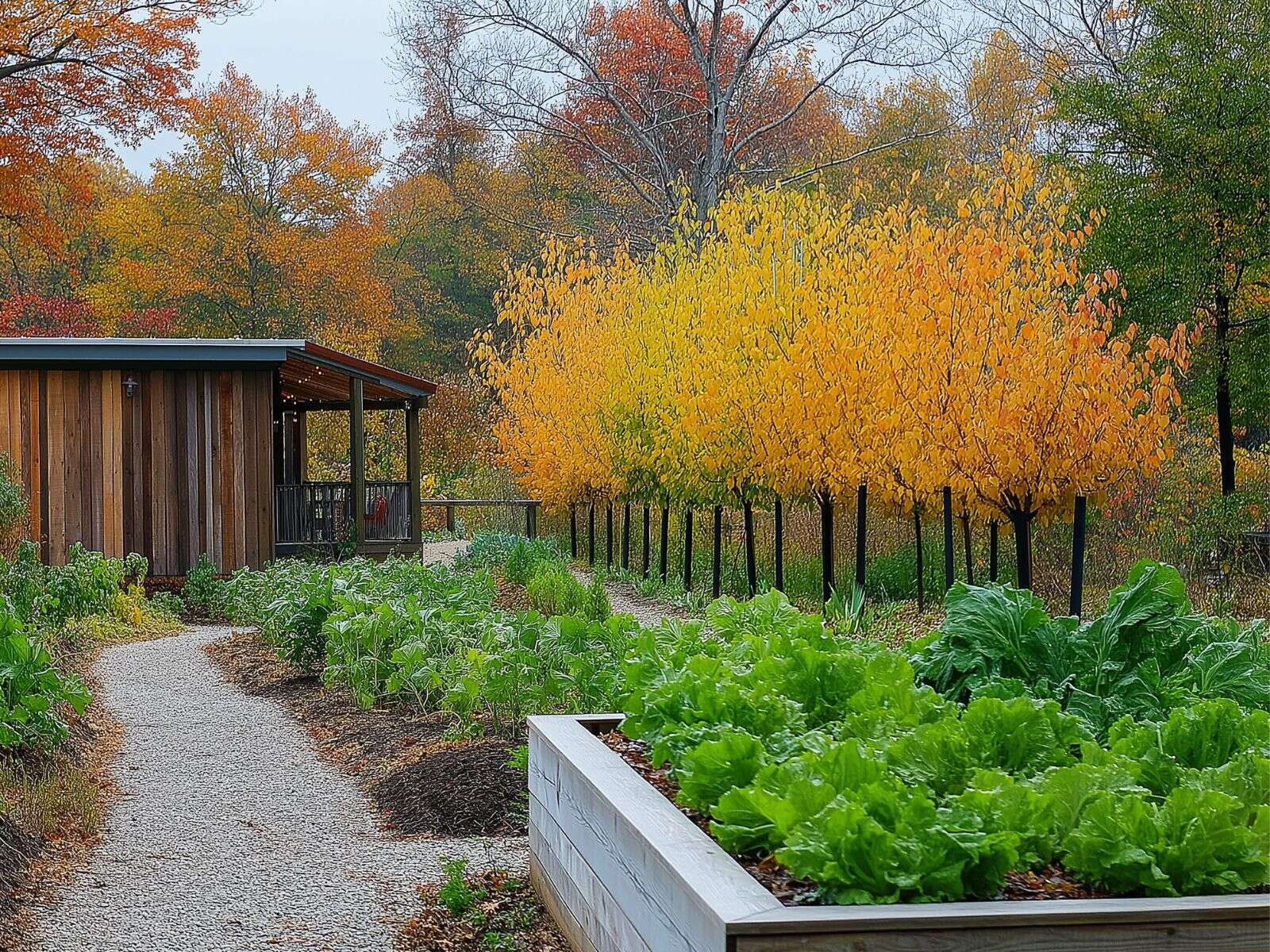
Fall is a great time to grow a variety of vegetables that thrive in cooler temperatures and shorter days.
Whether you’re a seasoned gardener or new to the world of homegrown produce, planting a fall vegetable garden can extend your harvest season and provide fresh, delicious vegetables well into autumn.
Here are 15 fall garden vegetable ideas to help you plan your garden this season:
Kale
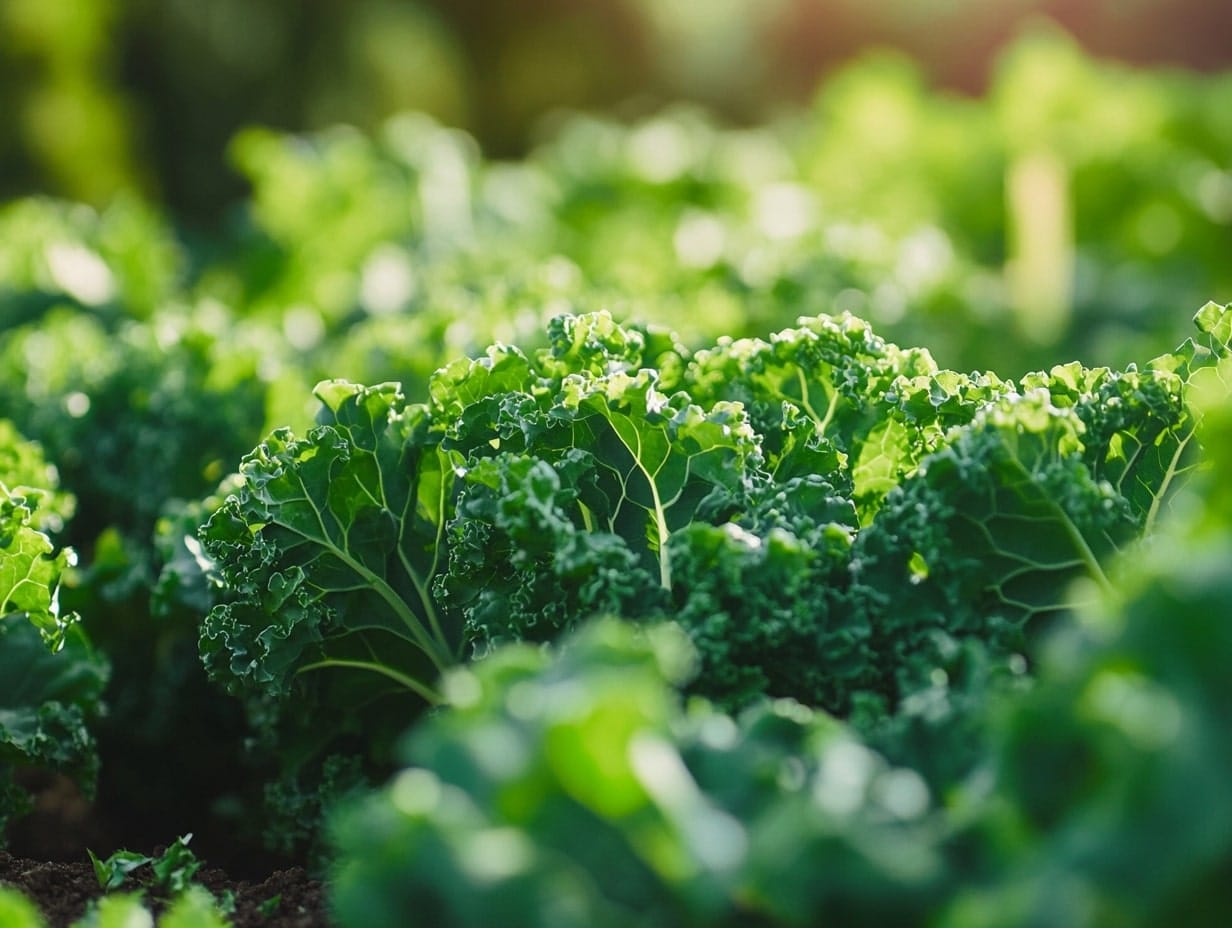
Kale is one of the most resilient fall vegetables, thriving in cool weather and even improving in flavor after a frost.
There are several varieties to choose from, including curly kale, Tuscan kale, and Russian kale.
Plant kale seeds or transplants in late summer for a fall harvest. It’s a versatile vegetable that can be used in salads, soups, and as a cooked side dish.
Spinach
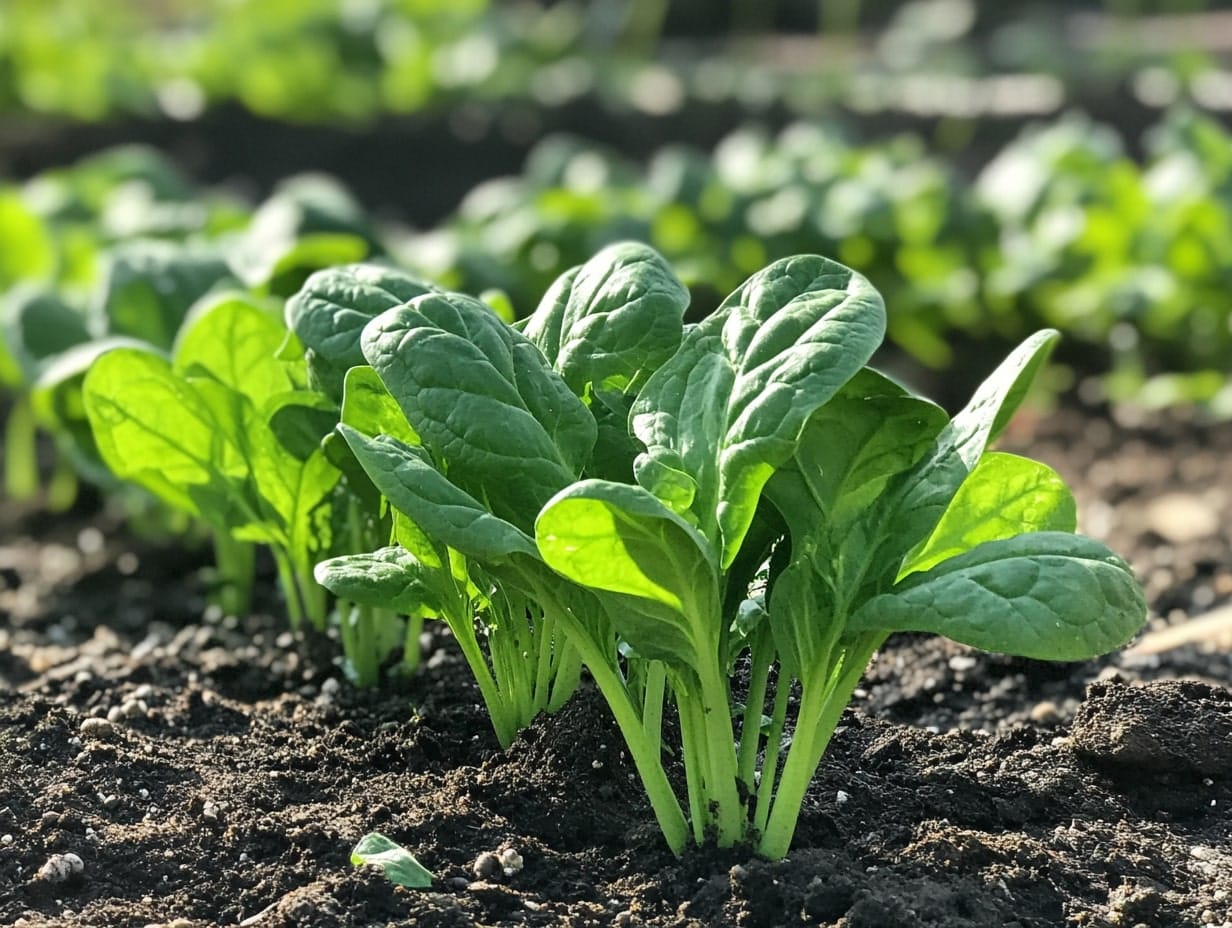
Spinach is a fast-growing leafy green that loves cool weather, making it an ideal choice for fall gardening.
Plant spinach seeds directly in the garden about 6-8 weeks before the first expected frost.
Spinach is perfect for fresh salads, smoothies, and as a cooked green. It’s also rich in vitamins and minerals, making it a healthy addition to your fall meals.
Carrots
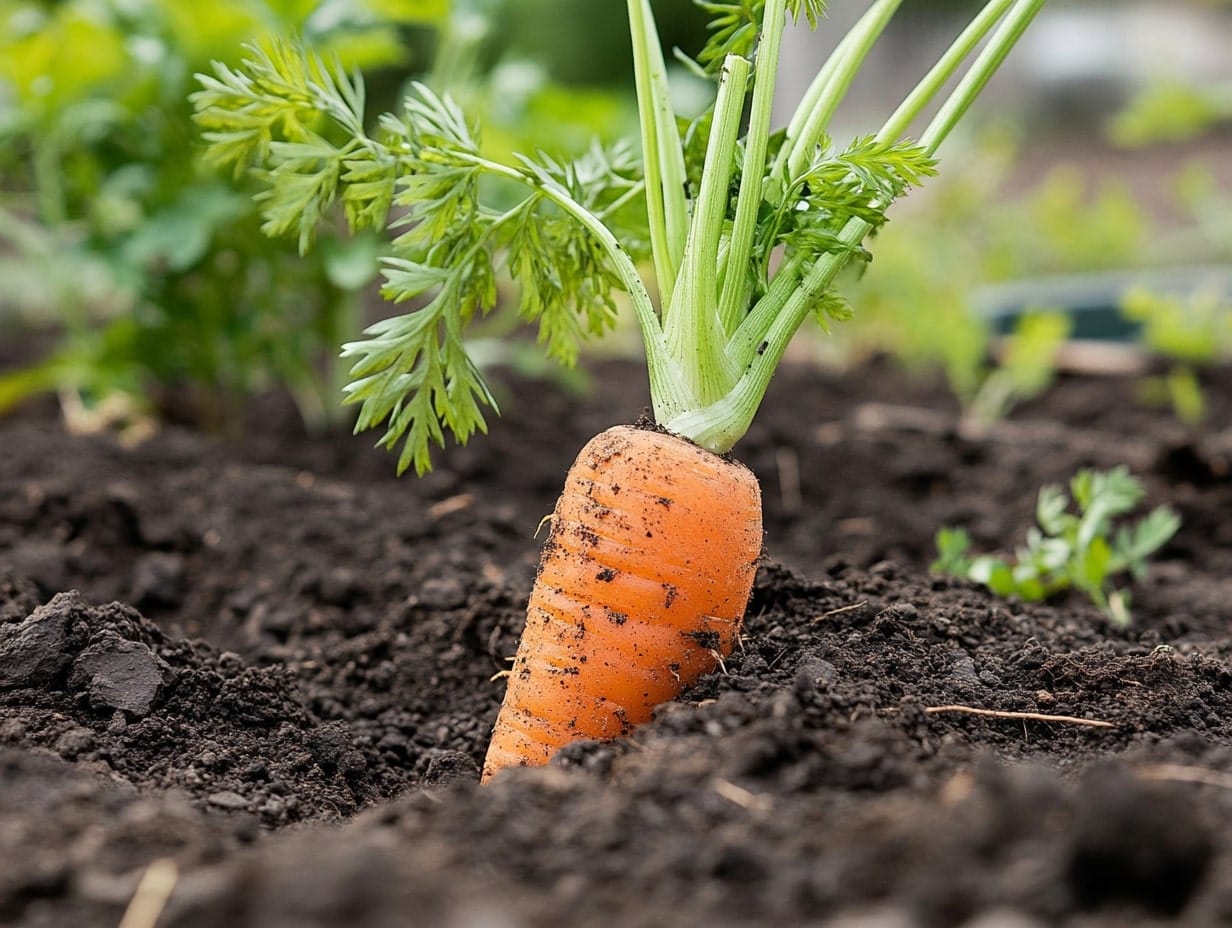
Carrots are a root vegetable that grows well in the cool temperatures of fall. Sow carrot seeds directly into the soil, and make sure to keep the soil consistently moist.
Fall-grown carrots are often sweeter than those harvested in the summer, thanks to the cooler temperatures.
They can be stored for long periods and are great for roasting, soups, and snacks.
Beets
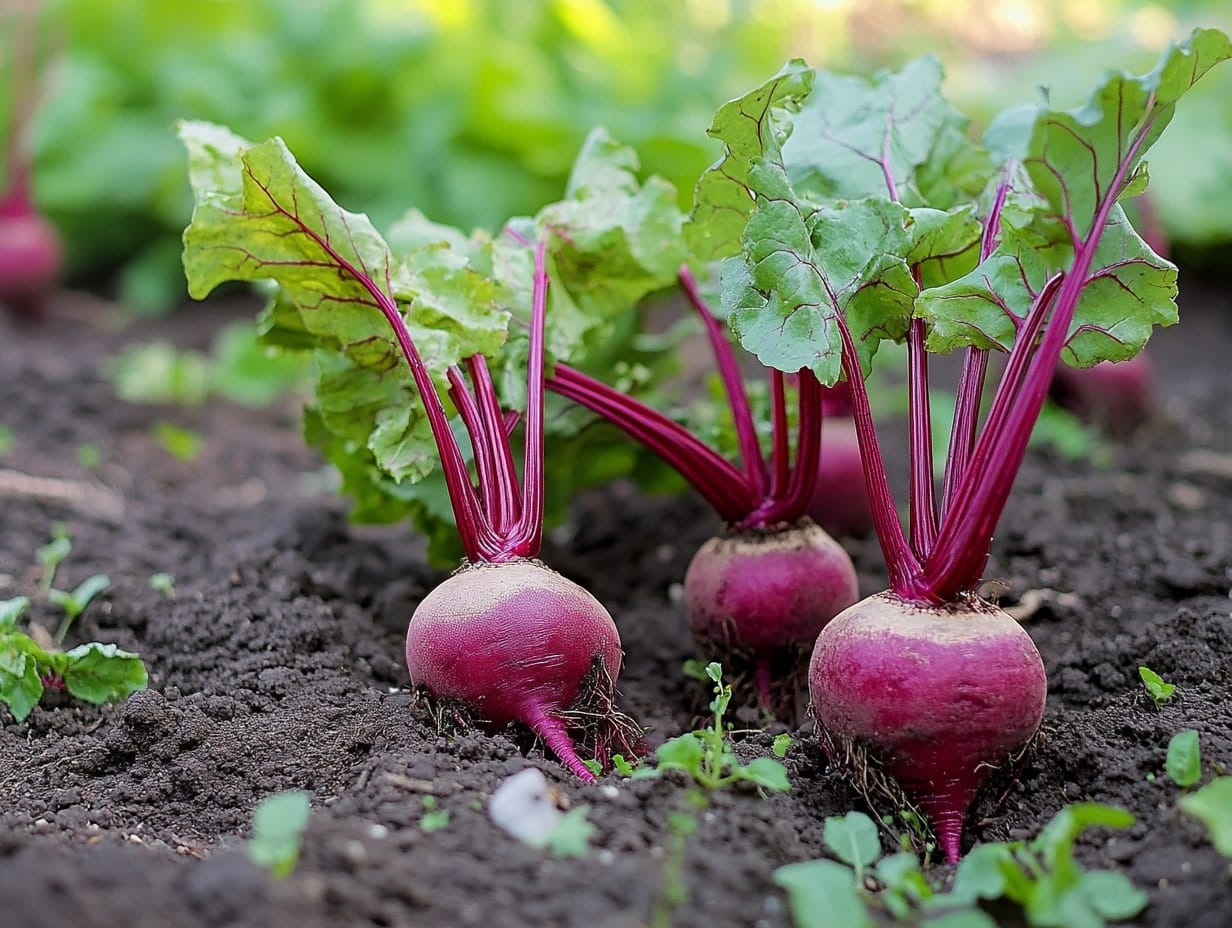
Beets are another root vegetable that thrives in cooler weather. Plant beet seeds in late summer for a fall harvest.
Both the roots and the greens are edible, making them a versatile addition to your garden.
Beets can be roasted, pickled, or used in salads, while the greens can be sautéed or added to soups.
Broccoli
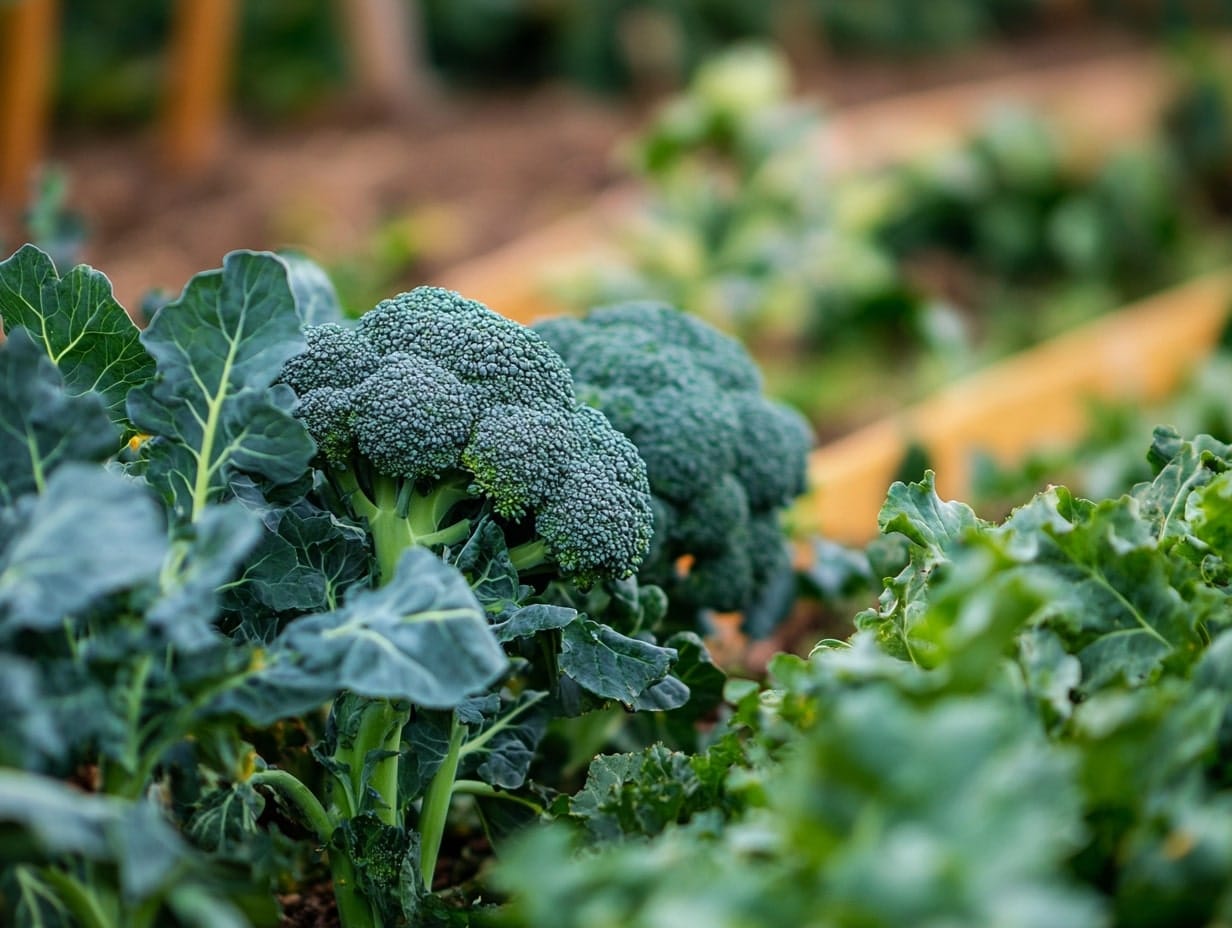
Broccoli is a cool-season crop that can be planted in late summer for a fall harvest. It’s a nutrient-dense vegetable that’s great for adding to stir-fries, salads, and casseroles.
Broccoli prefers full sun and well-drained soil. If you harvest the main head early, side shoots will continue to produce smaller florets for an extended harvest.
Brussels Sprouts
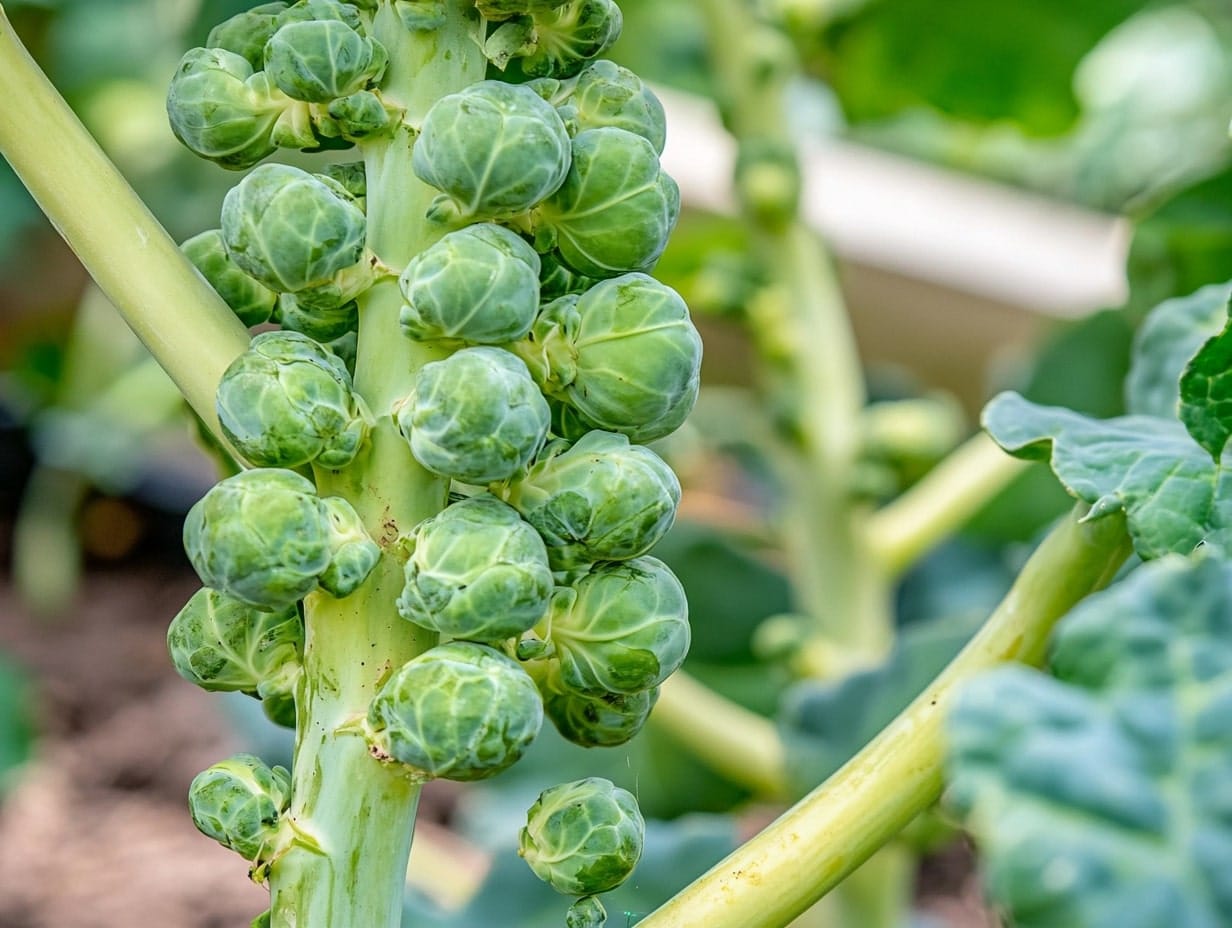
Brussels sprouts are a classic fall vegetable that actually improves in flavor after being exposed to light frosts.
They require a long growing season, so it’s best to plant them in mid-summer for a fall harvest.
Brussels sprouts are perfect for roasting or sautéing and are packed with vitamins and fiber.
Cauliflower
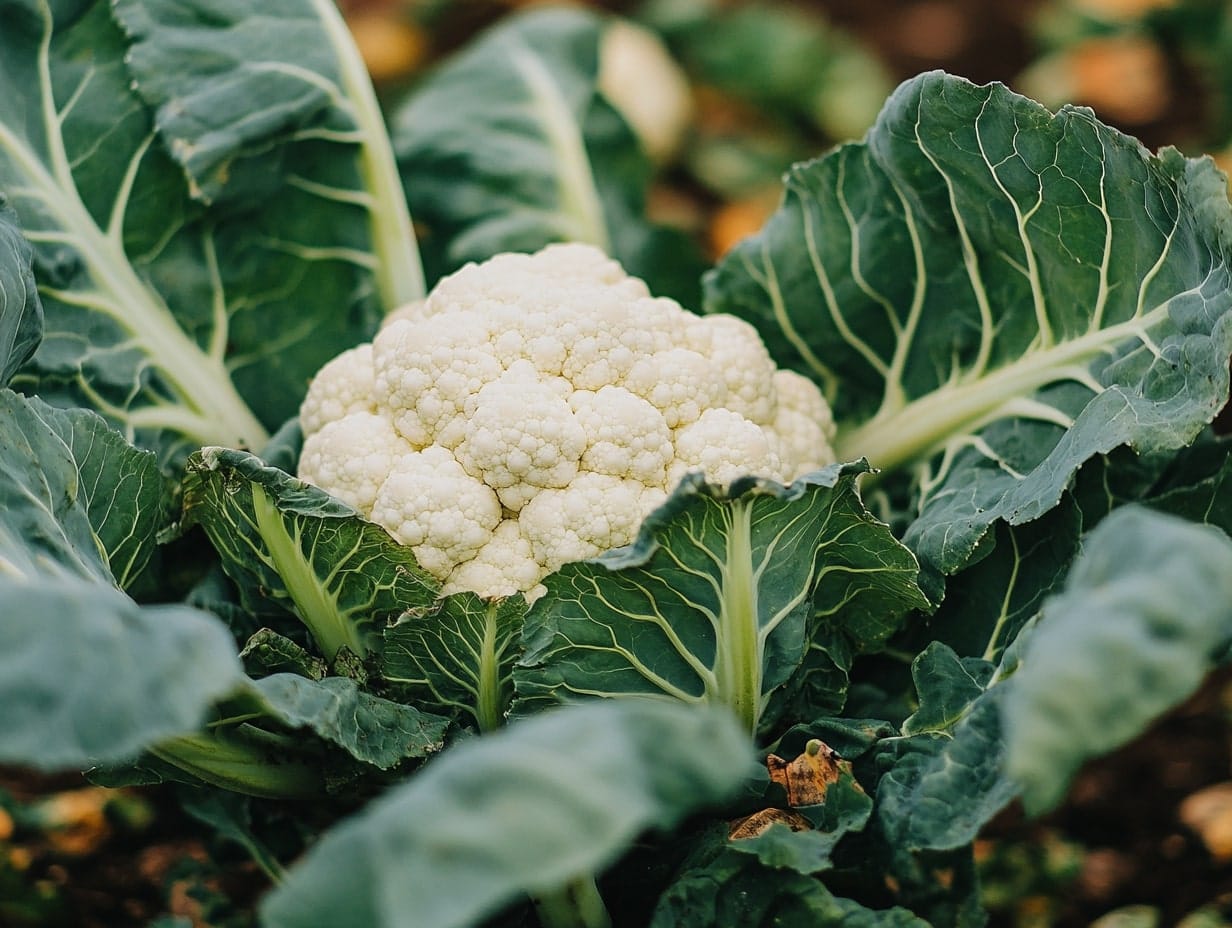
Cauliflower is another cool-season crop that thrives in fall. It requires a bit of space and attention but rewards gardeners with dense, flavorful heads.
Plant cauliflower in late summer to ensure a harvest before the first frost.
It can be used in a variety of dishes, from roasted cauliflower to cauliflower rice and even as a pizza crust substitute.
Radishes
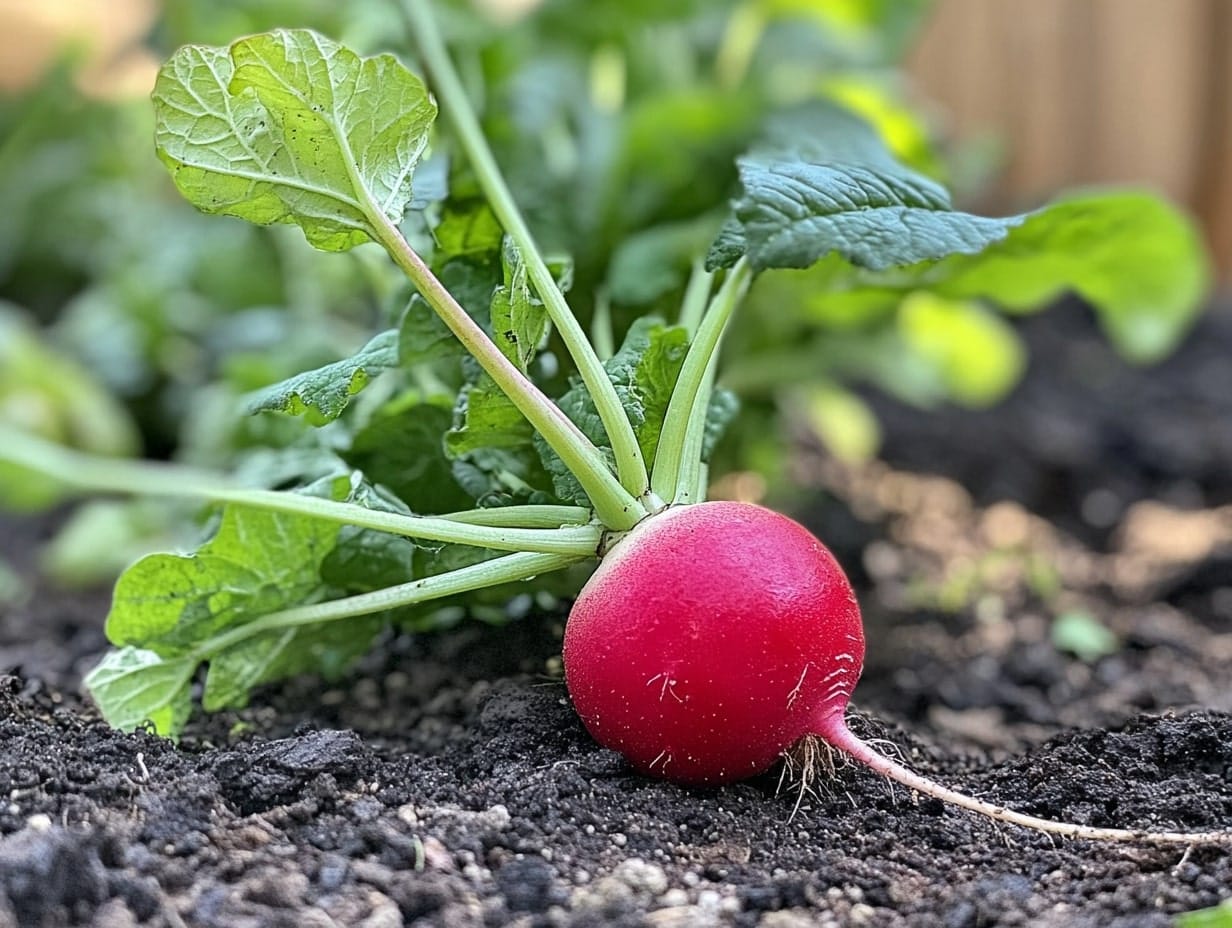
Radishes are one of the fastest-growing fall vegetables, with some varieties maturing in just 3-4 weeks.
Plant radish seeds directly in the garden for a quick harvest. They add a crisp, peppery flavor to salads and can also be pickled or roasted.
Radishes are also great for interplanting with slower-growing vegetables to maximize garden space.
Garlic

Garlic is typically planted in the fall and harvested the following summer. Plant garlic cloves in well-drained soil and cover with mulch to protect them through the winter.
Garlic is a must-have in the kitchen, adding flavor to countless dishes. It’s also easy to grow and stores well after harvest.
Turnips
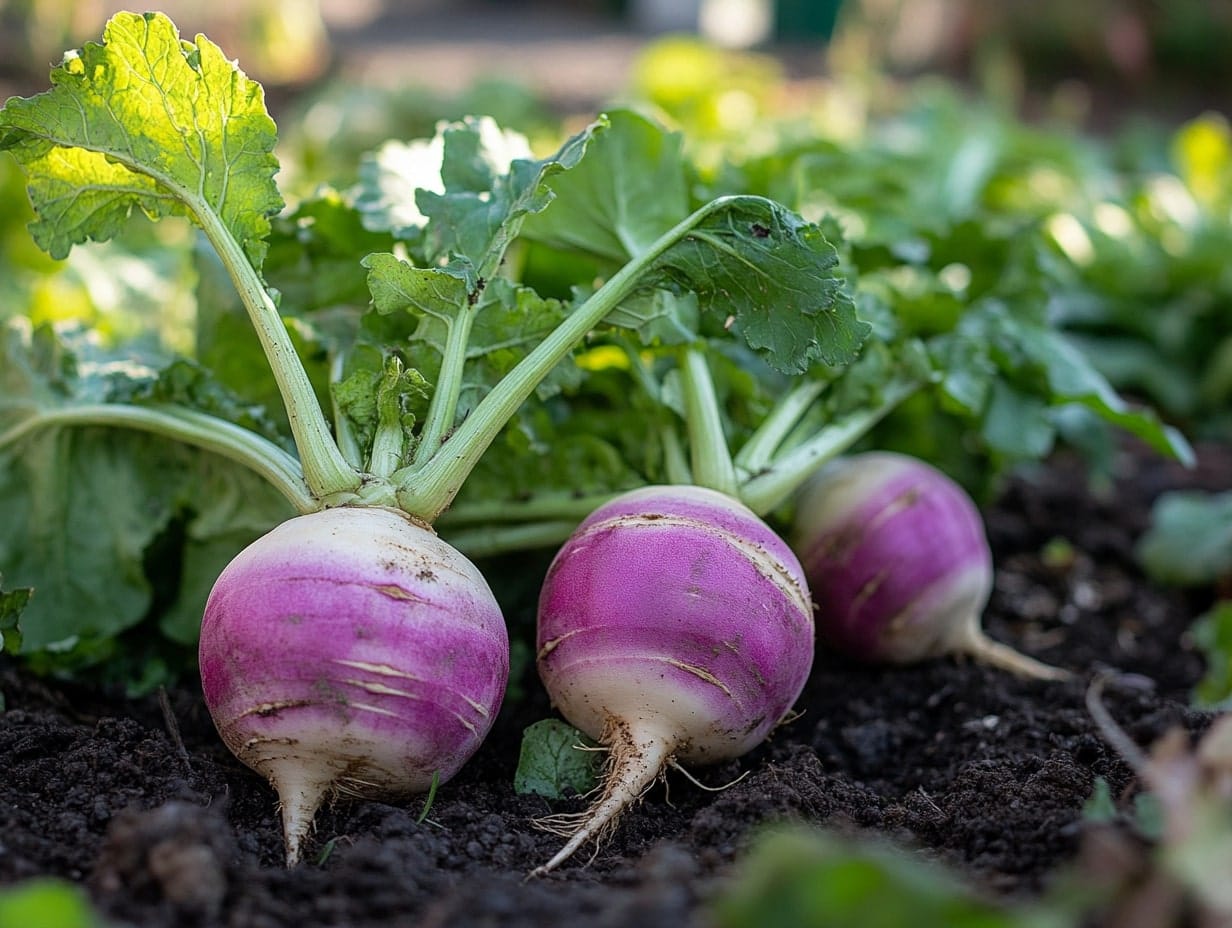
Turnips are a hardy root vegetable that grows well in cool fall weather. Both the roots and the greens are edible, providing a versatile harvest.
Turnips can be roasted, mashed, or added to soups, while the greens can be sautéed or used in salads. Plant turnip seeds in late summer for a fall harvest.
Lettuce
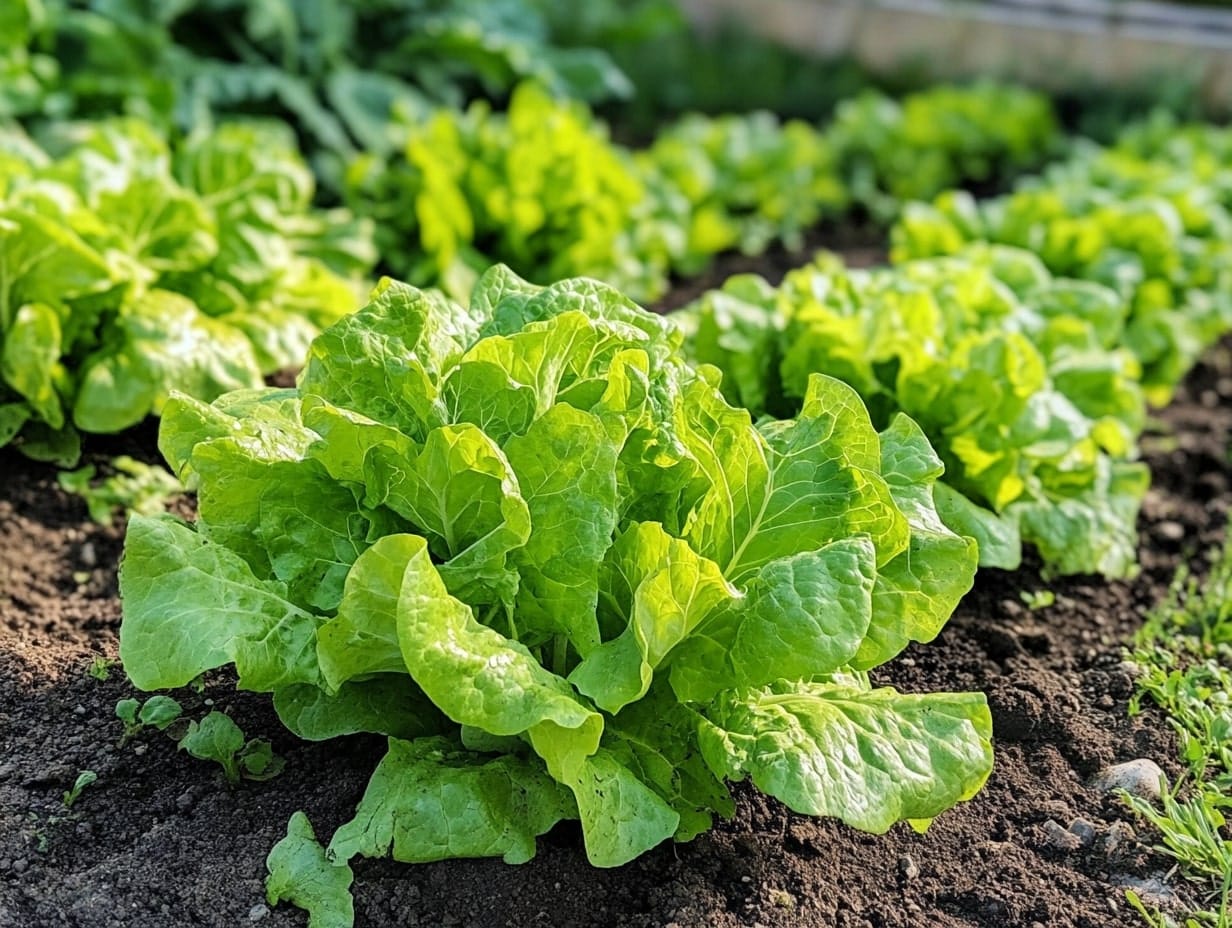
Lettuce is a quick-growing leafy green that thrives in the cooler temperatures of fall.
There are many varieties to choose from, including romaine, butterhead, and loose-leaf.
Plant lettuce seeds or transplants in late summer for a continuous harvest throughout the fall. Lettuce is perfect for fresh salads and sandwiches.
Cabbage
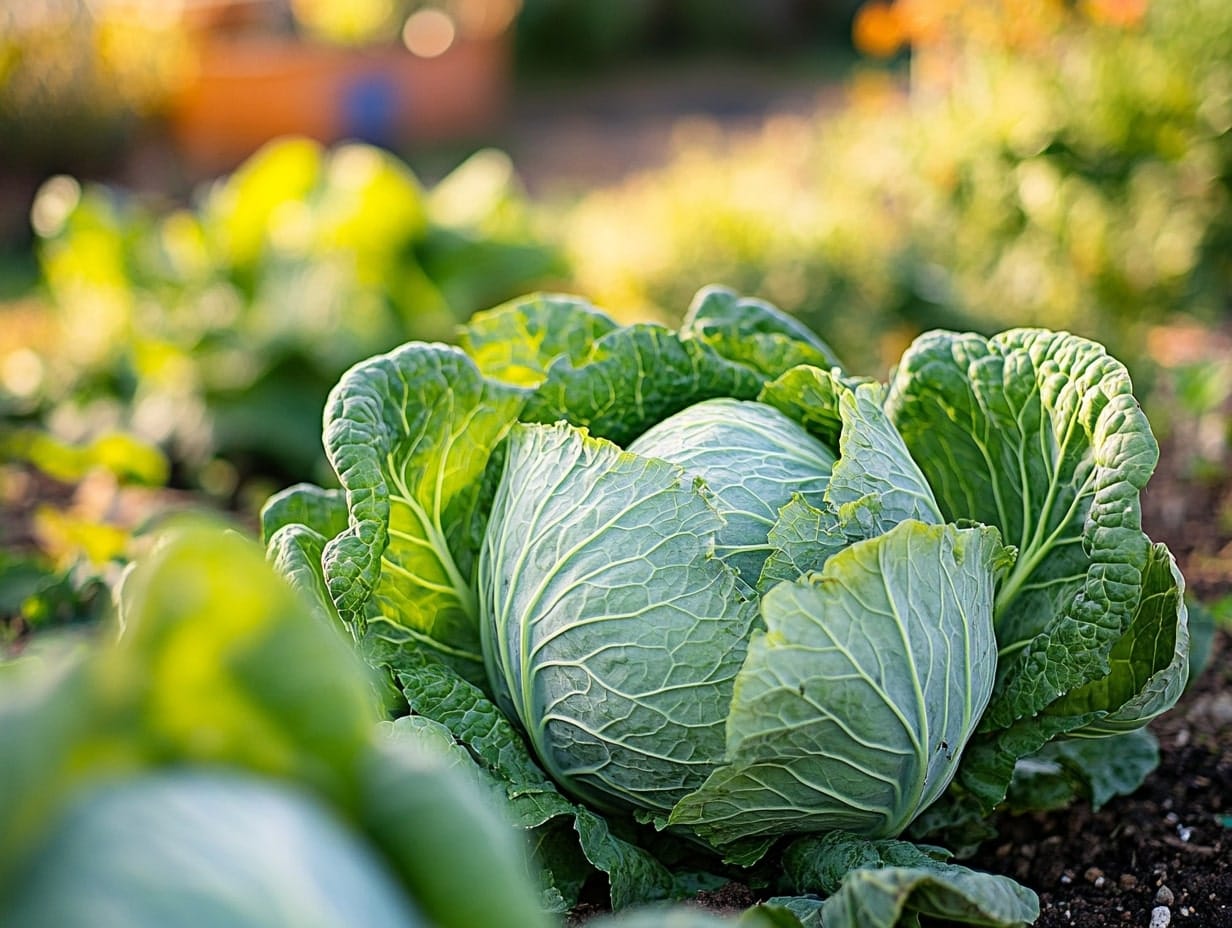
Cabbage is a cold-hardy vegetable that can withstand frost, making it an excellent choice for fall gardening.
Plant cabbage seeds or transplants in late summer. This versatile vegetable can be used in salads, coleslaw, soups, and fermented into sauerkraut.
Cabbage heads can be stored for several weeks, making them a great fall staple.
Swiss Chard
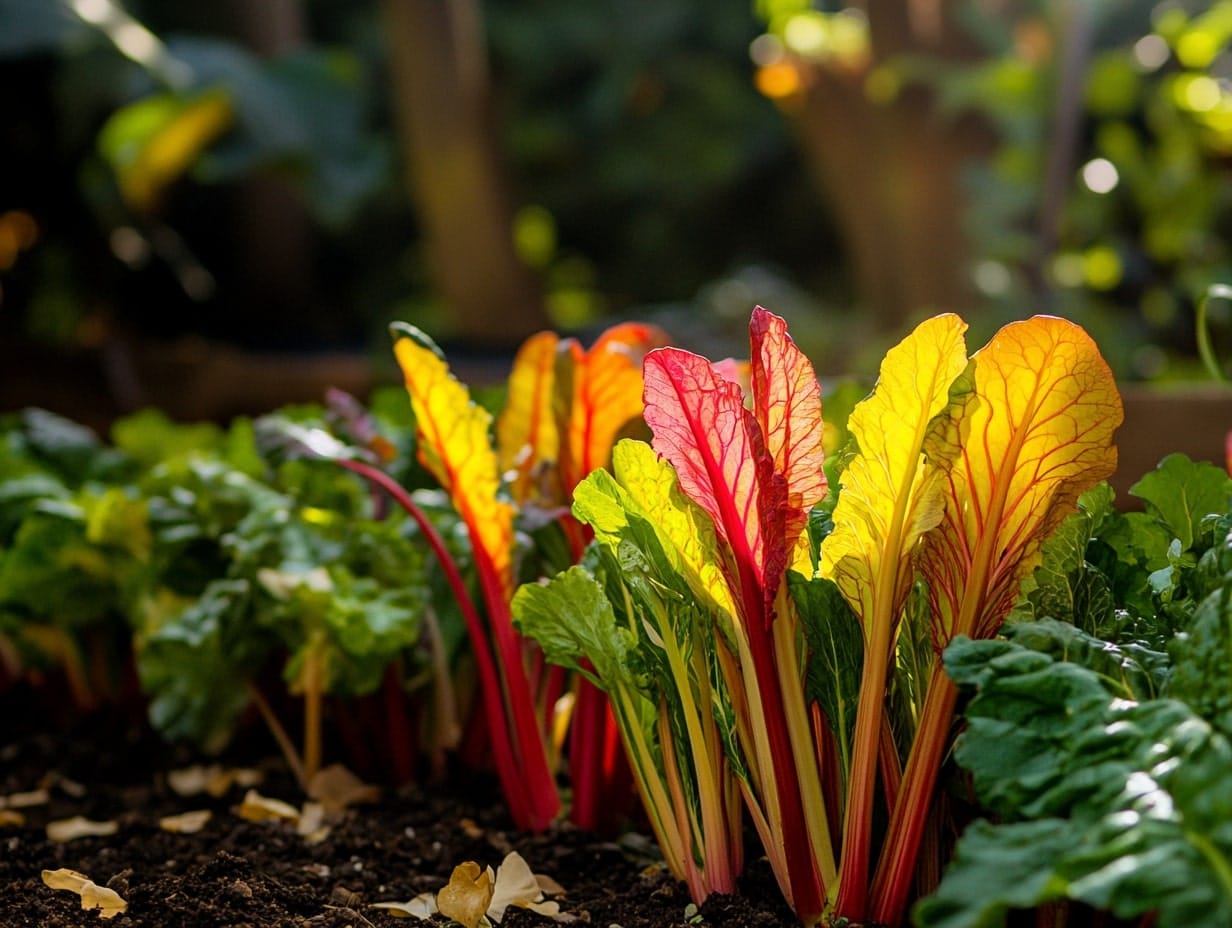
Swiss chard is a leafy green that grows well in cooler temperatures. It’s known for its colorful stems and large, tender leaves.
Plant Swiss chard in late summer for a fall harvest. It’s a versatile vegetable that can be used in salads, sautéed, or added to soups.
Swiss chard is also a good source of vitamins A, C, and K.
Peas
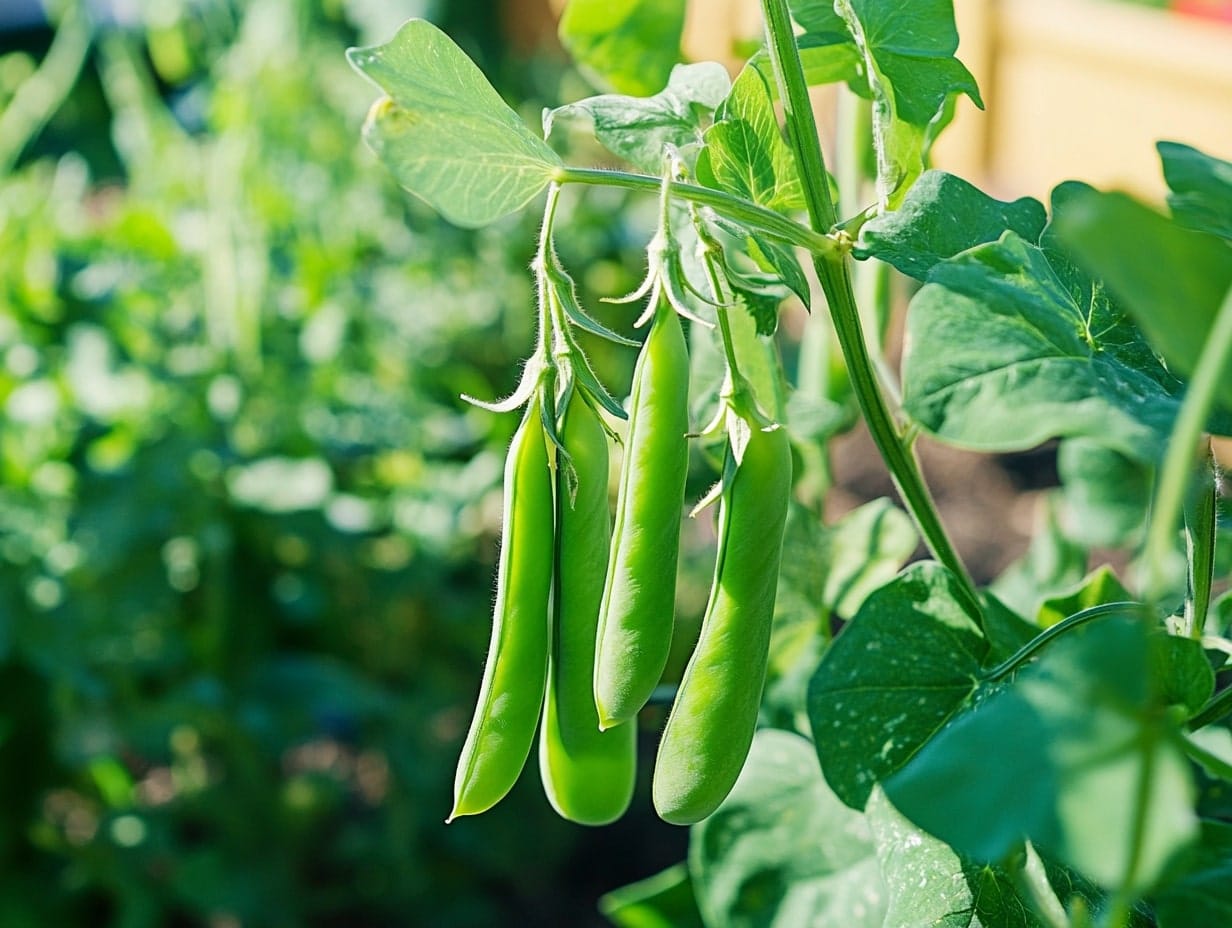
Peas are a cool-season crop that can be planted in late summer for a fall harvest.
Choose from snap peas, snow peas, or shelling peas, depending on your preference.
Peas are great for snacking, adding to salads, or using in stir-fries. They prefer well-drained soil and cooler temperatures, making fall an ideal time to grow them.
Collard Greens
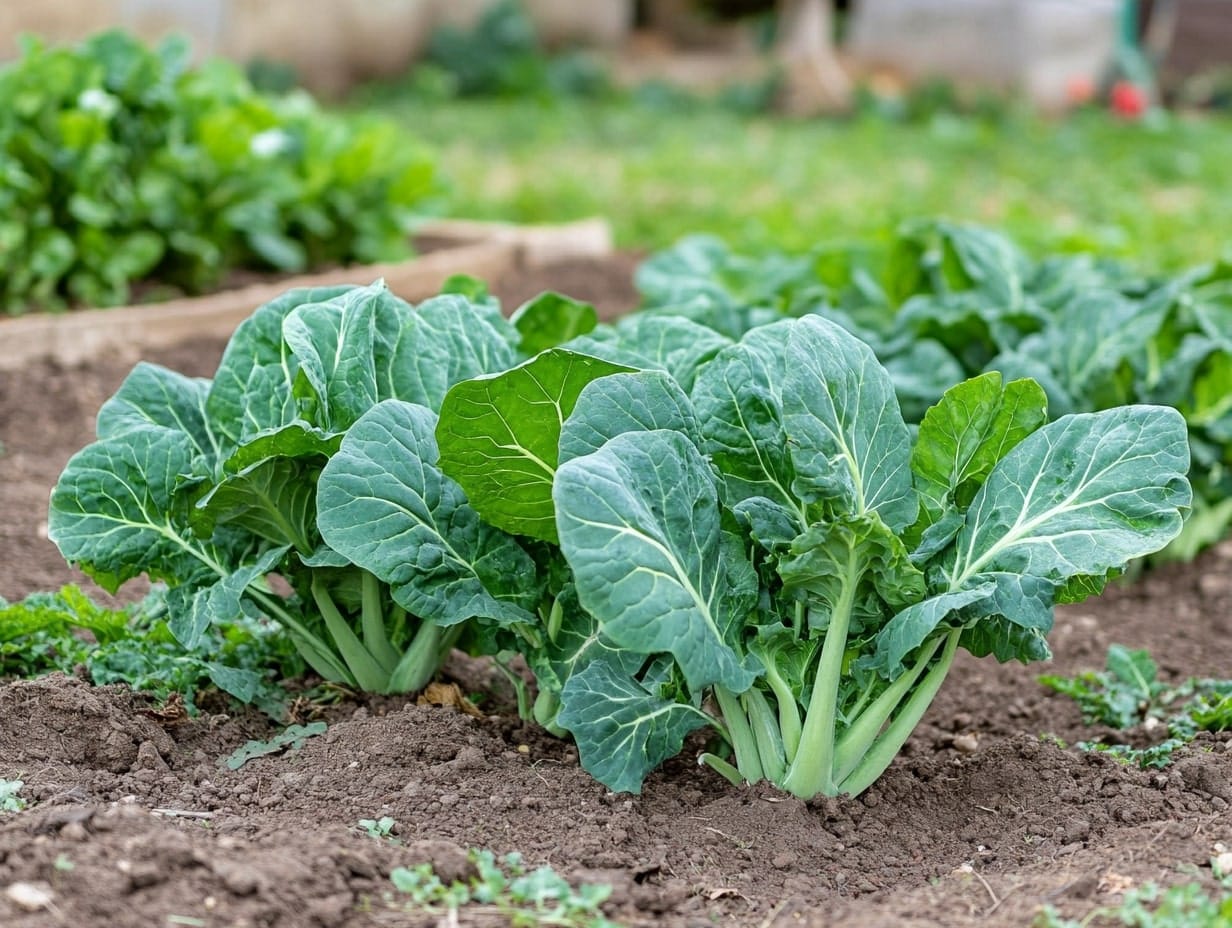
Collard greens are a hardy leafy green that thrives in cool weather and even improves in flavor after a frost.
Plant collard greens in late summer for a fall harvest. They’re traditionally used in Southern cooking but can also be sautéed, added to soups, or used as a wrap for fillings.
Conclusion
Planting a fall vegetable garden is a rewarding way to extend your growing season and enjoy fresh, homegrown produce well into the cooler months.
These 15 vegetables are well-suited to fall gardening, offering a variety of flavors, colors, and textures to enhance your autumn meals.
Whether you’re planting leafy greens, root vegetables, or cold-hardy crops, these fall garden vegetable ideas will help you make the most of your garden as the seasons change.
